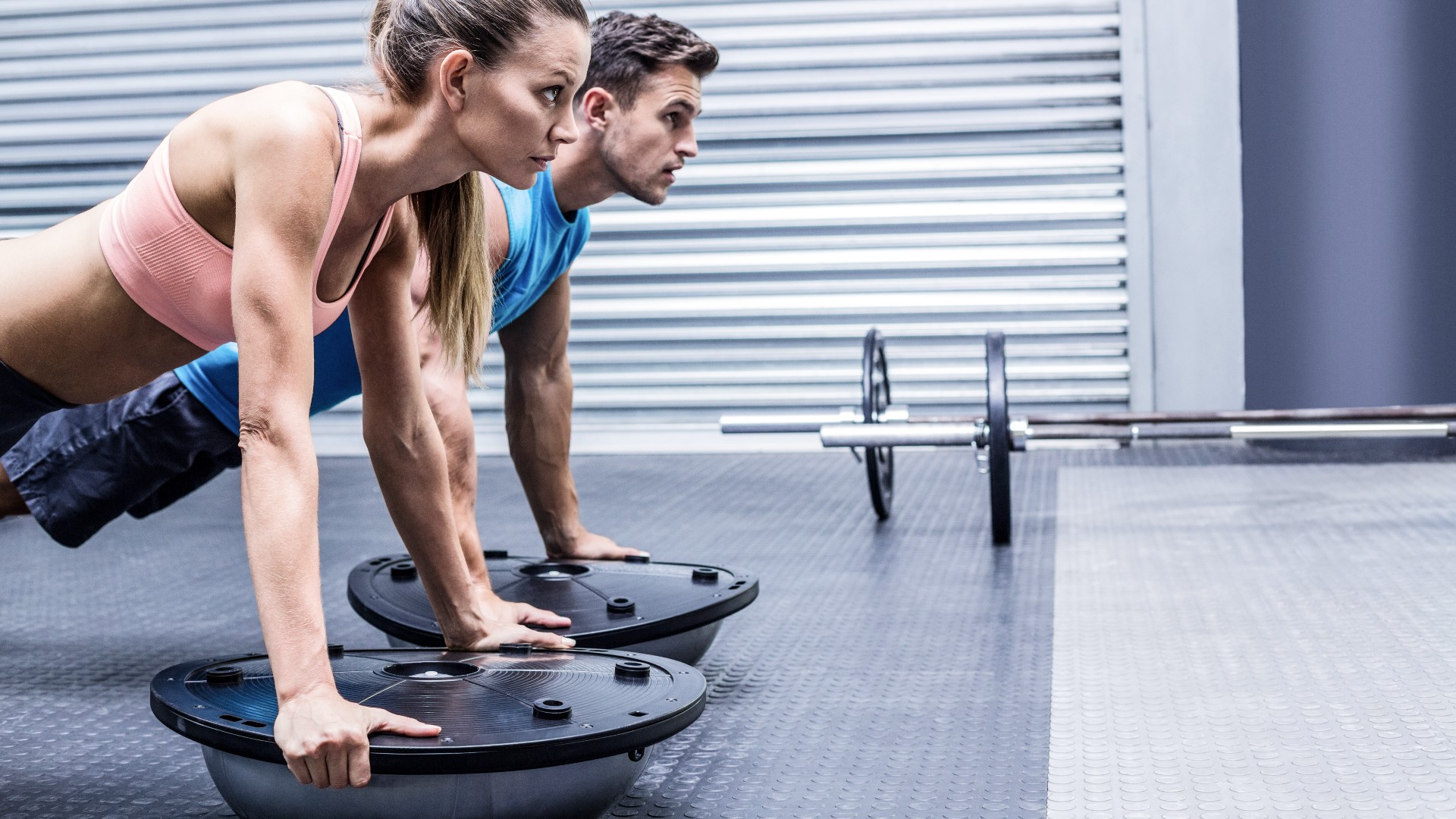
A Bosu exercise ball — known as a balance board or Bosu balance trainer — gives you the perfect opportunity to strengthen your entire body without lifting dumbbells or kettlebells to build muscle.
Perfect for beginners who want to uplift their strength programs, these five full-body exercises hit the anterior chain muscles (ones located at the front of your body), like your quads, hip flexors, abs, pecs and frontal deltoids, and posterior chain muscles (rear deltoids, lower back, glutes, hamstrings and calves), plus your triceps and biceps.
I’m a personal trainer, and this is one of the most underrated pieces of gym equipment for building strength, in my opinion. Here are five strength-building exercises and why a Bosu is a sound investment for your home gym this year.

Here on the Tom's Guide fitness desk, we're all about making 2024 your healthiest, and happiest year yet! To kick things off with a bang, we'll be bringing you a month of motivational content to help you Get Fit with Tom's Guide.
What are the 5 bodyweight strength exercises for beginners?
The key to balance boards is versatility — You can use the unstable surface of the dome or flip it upside down for even less stability during bodyweight exercises.
Here are five strength exercises to try that also strengthen your core muscles. We also recommend adding the best resistance bands or weights if you prefer to increase the intensity, but you don't need them for the moves below.
1. Bentover row
Rather than balancing on your balance trainer, why not use it as a weight instead? Start by holding your balance board, gripping with one hand on either side and position your feet hip-width apart, the flat side of the board facing your stomach. Hinge forward at your hips and maintain a neutral spine and flat back while engaging your core. Softly bend your knees and lock them in place, then draw the balance trainer toward your stomach, keeping your elbows tucked close to your body. Lower the Bosu again for one rep.
Here’s how to do a bentover row using a barbell. If you choose to use weights instead, practice performing your weighted bentover row while standing on your Bosu.
Sign up to get the BEST of Tom's Guide direct to your inbox.
Get instant access to breaking news, the hottest reviews, great deals and helpful tips.
2. Push-up
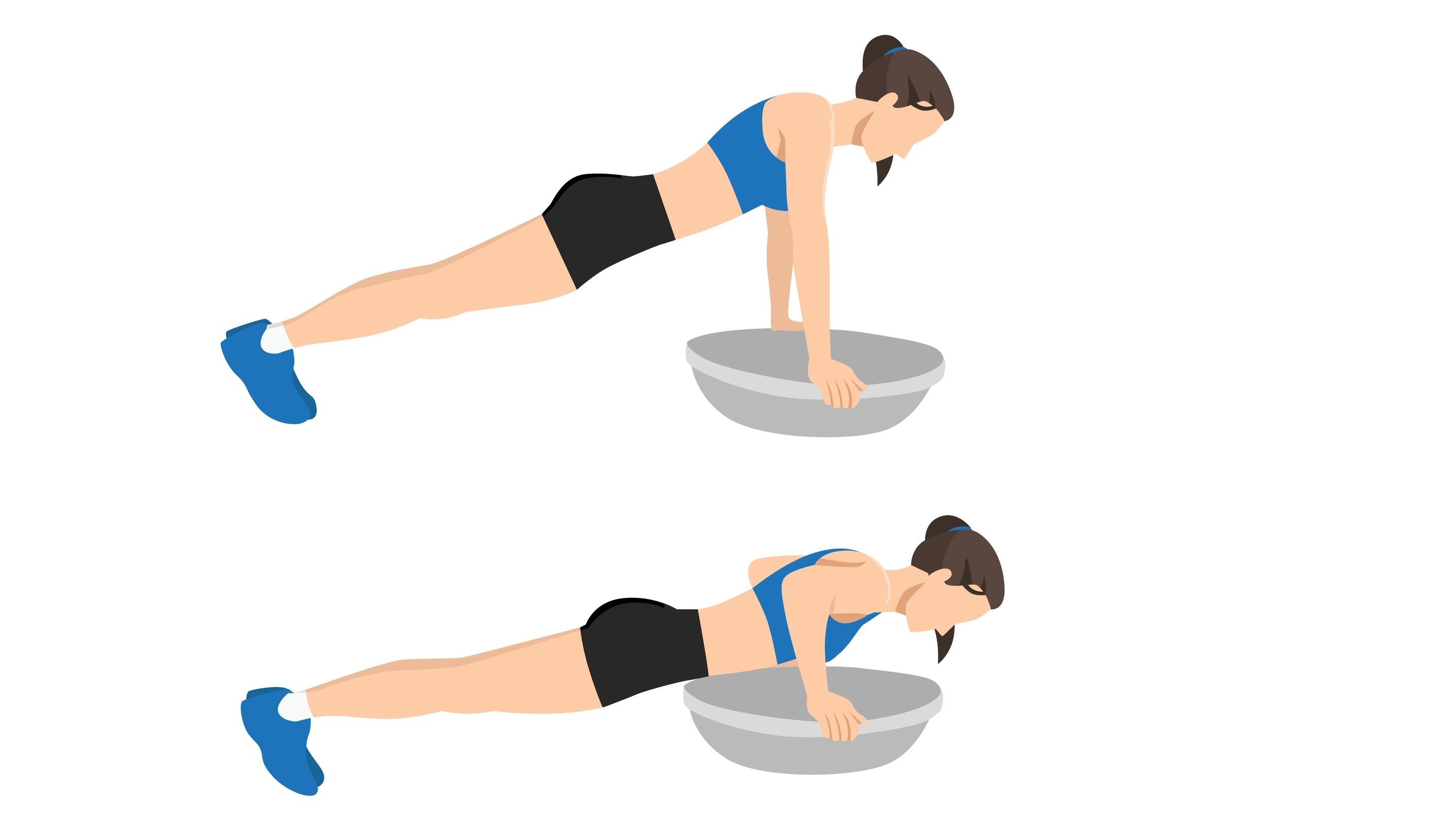
There’s no end of push-up variations you can do using a balance trainer. Whether you want to emphasize one side of your body at a time with walking push-ups or torch your triceps using diamond push-ups, you can flip the balance board upside down or practice with the dome facing upward.
Learn how to do a push-up using the standard technique, but we also recommend trying deficit push-ups by elevating both feet on the Bosu to make the exercise harder. Otherwise, position both hands shoulder-width apart on the Bosu and start in the push-up position. Bend both elbows and lower your chest to the balance trainer, keeping your elbows close to your body and aligning your hips and shoulders at all times. Push away to return to the starting position.
3. Single-leg Romanian deadlift
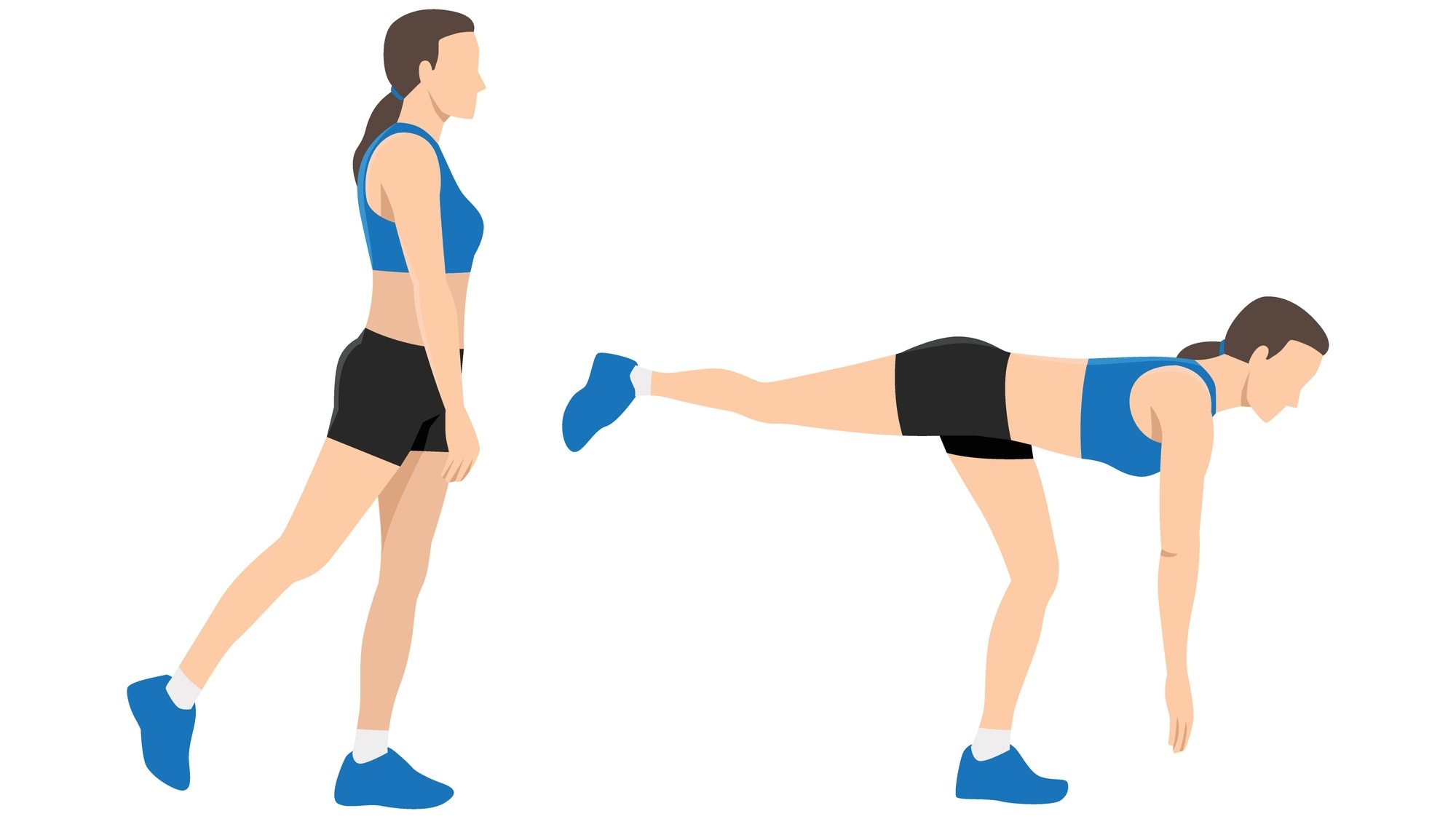
Test your balance and strengthen your lower body using a take on the single-leg Romanian deadlift. Start by standing on the Bosu (dome facing up or down) with feet hip-width apart, stomach engaged and back flat. Hinge forward at the hips as you lift your right leg behind you and lower until your back is flat and your chest is parallel to the floor. Maintain a soft knee bend in the left leg throughout, pausing when you feel activation down the back of your standing leg.
Drive up to stand. Remember to switch sides halfway through your reps. Keep your hips square during both phases of the exercise and resist lowering your chest to your stomach. Instead, imagine your back flat enough to balance a cup of coffee.
Our writer did single-leg Bosu deadlifts every day for a week, and here's what happened.
4. Cossack squat
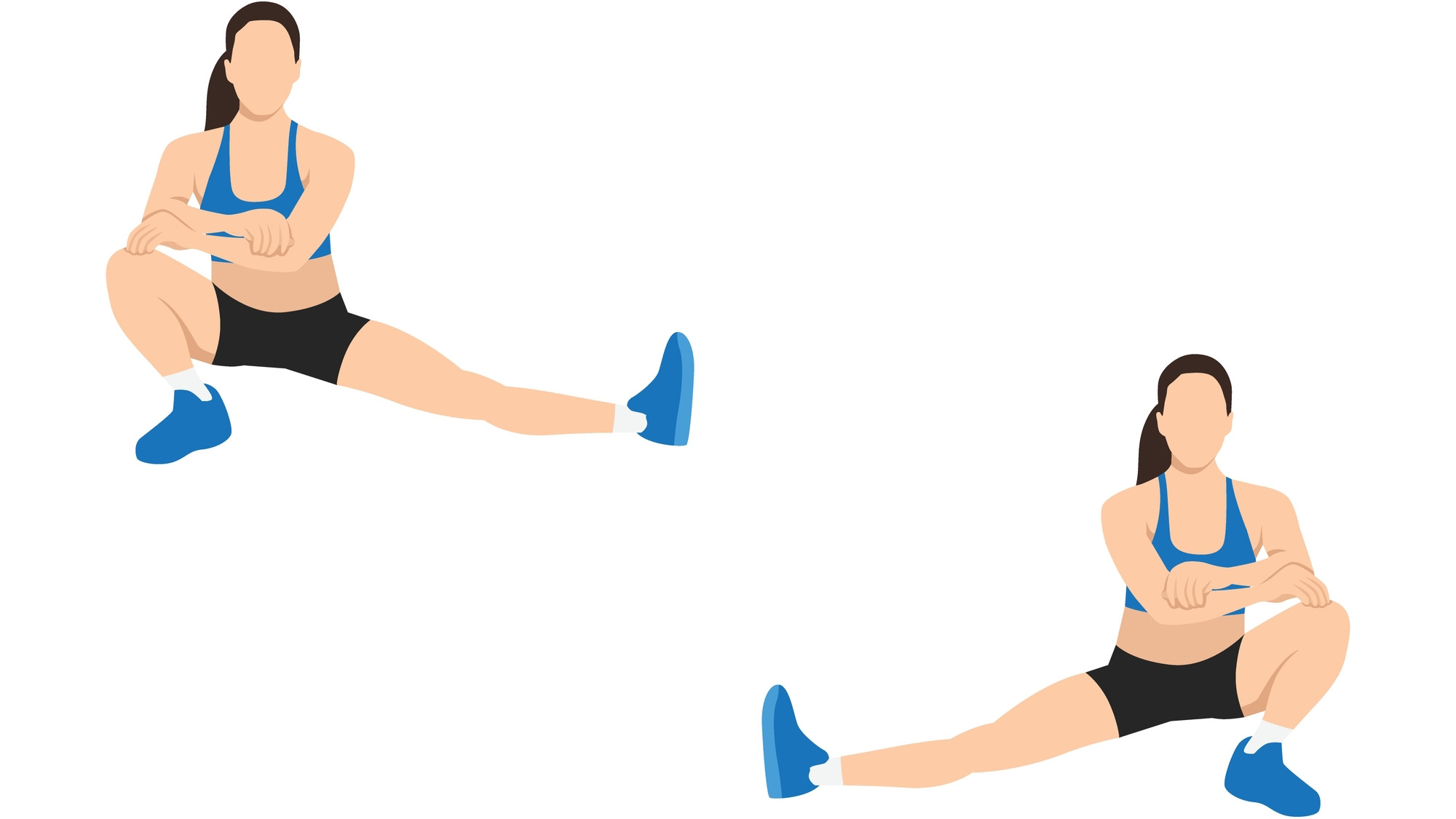
The Cossack squat is an efficient way to develop lower body strength while building flexibility and mobility in the hips, knees and ankles. The lateral movement engages the gluteus medius (outer glutes) and stretches the adductors (inner thighs).
Ensure the board has the dome facing upward. Stand side-on to your Bosu balance trainer with your right foot closest to the board and enough distance for you to side squat. Keep your chest proud and back flat without rounding the spine, and start with feet hip-width apart. Engage your stomach muscles, then step your right foot sideways onto the Bosu.
Bend your knee and lower into the squat while keeping your chest up. Hands can be on your hips or out in front of you. Keep your heel planted and sit your bum down as far as possible. Pause, then drive up through your right heel to stand and repeat on the same side from a wide-legged position. Remember to switch legs halfway through your reps.
5. Burpee
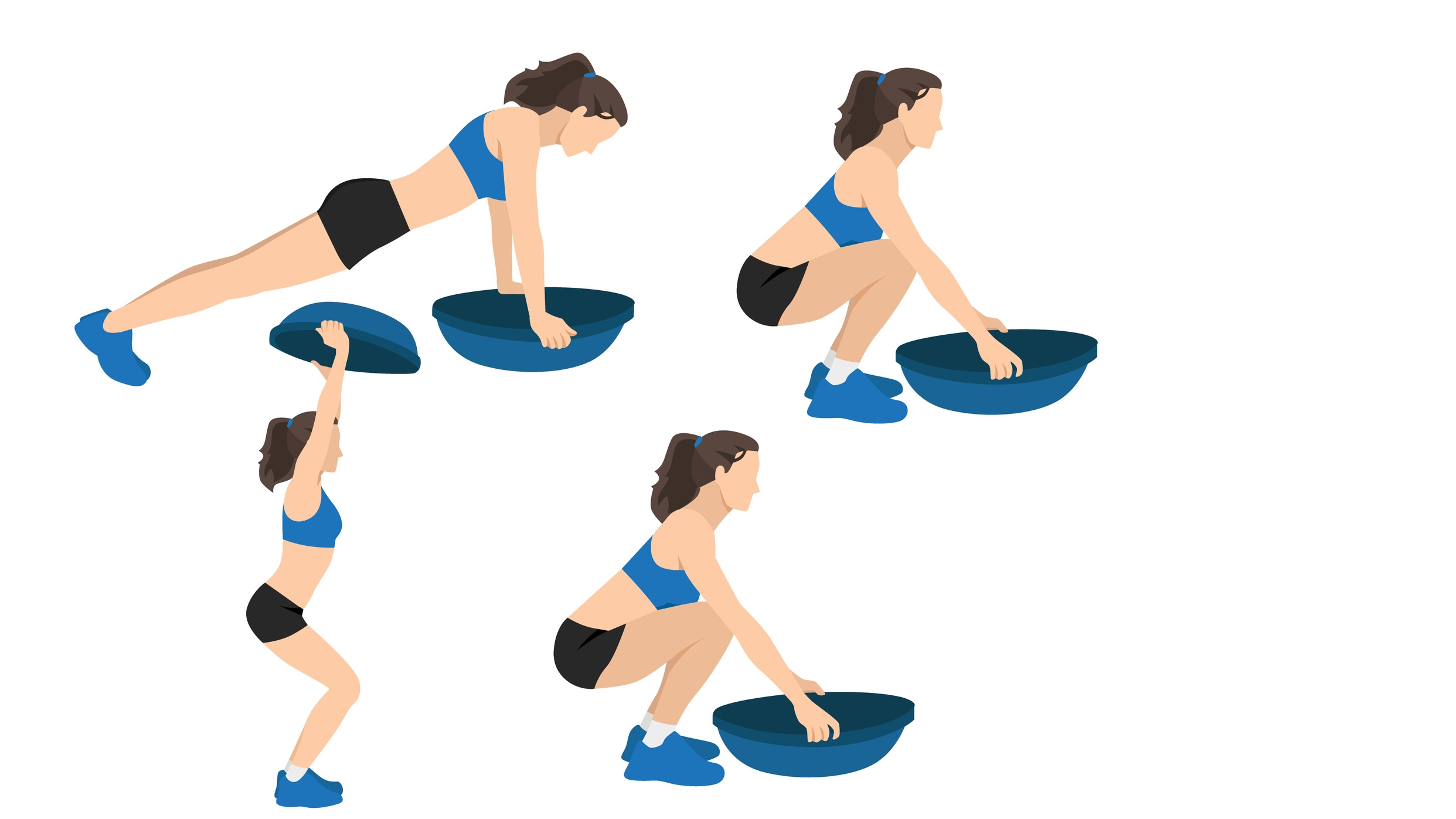
Learning how to do a burpee will get you through many a high-intensity workout, and using your Bosu will ramp up the sweat factor even more. Flip the board upside down so that the flat side faces up. To begin, grip the Bosu on either side and jump back into a high plank position. Engage your core, keep your hips aligned with your shoulders, then lower your chest to the Bosu. Push away from the board to return to the plank position, then jump both feet forward, lift your chest and keep your back flat. Press the balance trainer overhead, locking out your elbows at the top. Reverse the movement back down for one rep.
Are balance trainers any good?

Bosu balance trainers help build functional strength, stability, coordination and balance in your muscles. Using one regularly as part of workouts could help improve core stability and proprioception (how your body perceives its position in space), and there’s no end of ways to use them for home strength training.
Each model has a flat base and inflated dome that challenges your balance; the board-side up forces muscles to engage and keep the trainer stable without tipping, while the board-side down creates a more solid position to perform push-ups or squats while testing balance using the dome. Balance trainers are commonly used by athletes during sports conditioning programs to improve agility, stabilization, strength and aerobic capacity.
I always use the paddleboarding analogy with clients when explaining the benefits — think about the core strength you need while you stand on one, even before you begin to paddle. More muscles must recruit and work together to maintain your balance without falling off.
Some research has shown that balance training could even engage your nervous system and muscles, helping to improve coordination, reaction times and communication skills between brain and body. Improved muscular recruitment could also translate into other exercise skill sets like weightlifting or powerlifting when shifting heavy weights explosively.
More from Tom's Guide

Sam Hopes is a level 3 qualified trainer, level 2 reiki practitioner and senior fitness writer at Tom's Guide. She is also currently undertaking her Yoga For Athletes training course. Sam has written for various fitness brands and websites over the years and has experience across brands at Future such as Live Science, Fit&Well, Coach, and T3.
Having worked with fitness studios like F45 and Virgin Active, Sam now primarily teaches outdoor bootcamps, bodyweight, calisthenics and kettlebells. She also coaches mobility and stretching-focused classes several times a week and believes that true strength comes from a holistic approach to training your body.
Sam has completed two mixed doubles Hyrox competitions in London and the Netherlands and finished her first doubles attempt in 1:11.

